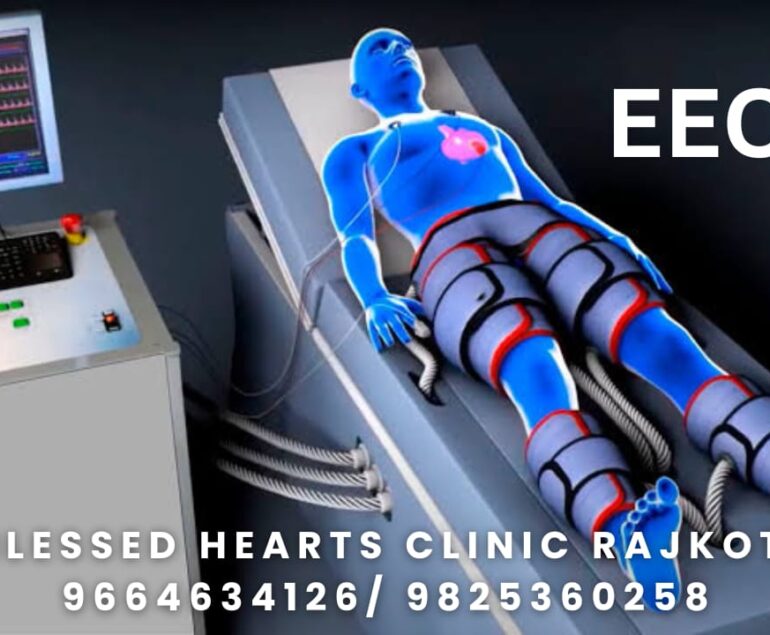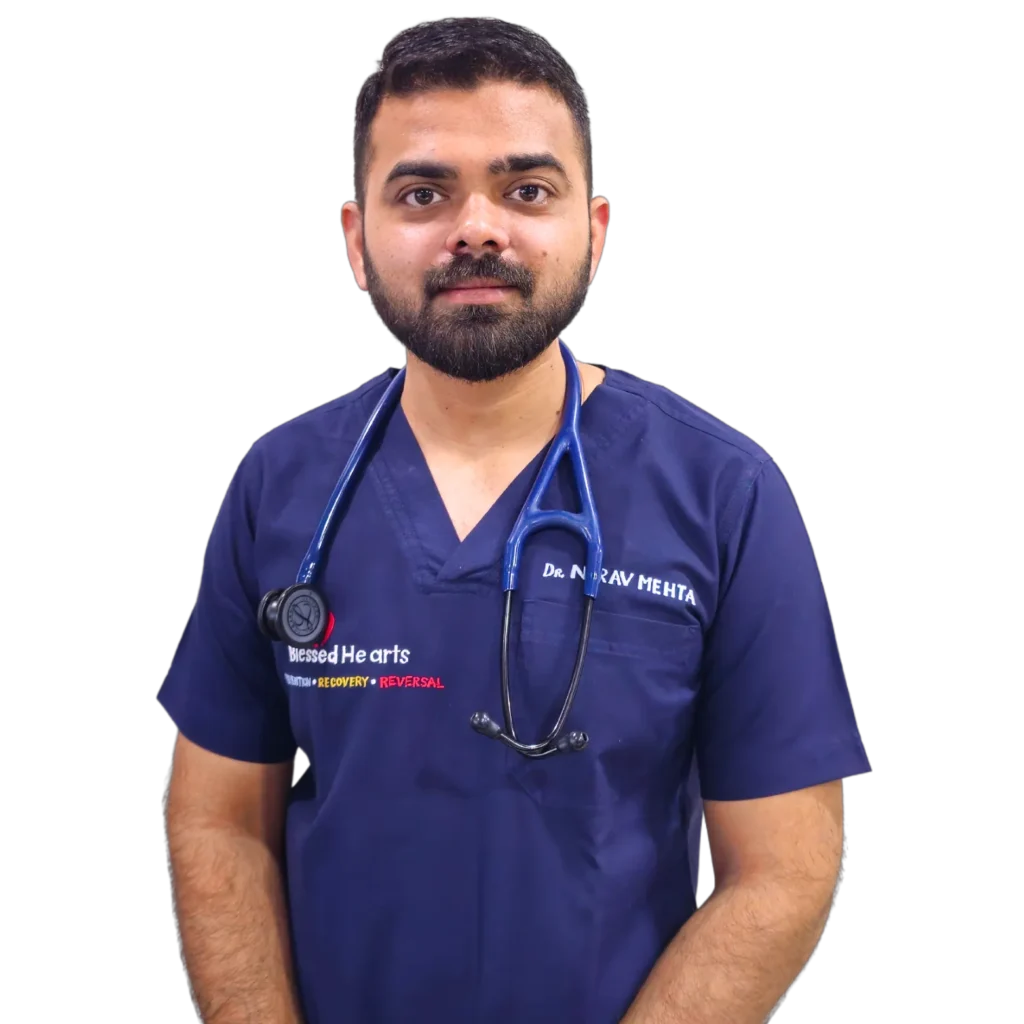Introduction
When it comes to non-invasive cardiac treatments, Enhanced External Counterpulsation (EECP) and Extracorporeal Shockwave Myocardial Revascularization (ESMR) are two prominent options. Both are designed to improve heart health without the need for surgery, but they work in entirely different ways. Understanding these therapies can help patients and doctors choose the right treatment path for specific cardiac conditions.
What is EECP?
Definition of EECP
EECP stands for Enhanced External Counterpulsation. It is a non-invasive therapy that improves blood flow to the heart by using external cuffs to compress the lower body.
How EECP Works
During an EECP session, inflatable cuffs are wrapped around the legs. These cuffs inflate and deflate in sync with the patient’s heartbeat, pushing oxygen-rich blood toward the heart. The treatment enhances the formation of natural bypass vessels in the heart.
Benefits of EECP
- Improves blood flow to the heart
- Reduces angina symptoms
- Enhances exercise tolerance
- Non-invasive and pain-free
Common Conditions Treated with EECP
- Chronic angina
- Heart failure
- Coronary artery disease
- Post-heart attack recovery
What is ESMR?
Definition of ESMR
Extracorporeal Shockwave Myocardial Revascularization (ESMR) uses low-energy shockwaves to stimulate the growth of new blood vessels in the heart muscle.
How ESMR Works
The therapy involves the application of shockwaves to the chest area. These waves target ischemic regions of the heart, promoting angiogenesis (new blood vessel formation) to improve blood supply.
Benefits of ESMR
- Stimulates natural blood vessel growth
- Reduces chest pain
- Improves cardiac function
- Non-invasive and outpatient-friendly
Common Conditions Treated with ESMR
- Severe angina
- Ischemic heart disease
- Patients ineligible for surgery
Key Differences Between EECP and ESMR
Mechanism of Action
EECP uses external cuffs to increase blood flow, while ESMR uses shockwaves to promote new vessel growth.
Treatment Procedure
EECP involves inflatable cuffs applied to the legs, while ESMR focuses on delivering shockwaves to specific areas of the heart.
Duration and Frequency of Therapy
EECP typically requires 35 sessions over several weeks. ESMR, on the other hand, often involves 9 sessions spread over 3 weeks.
Patient Suitability
EECP is more suited for patients with stable angina, whereas ESMR is ideal for those with ischemic heart conditions that are not amenable to surgery.
Effectiveness and Results
EECP provides symptomatic relief and long-term improvement, while ESMR specifically targets revascularization with faster results.
Similarities Between EECP and ESMR
- Both are non-invasive cardiac treatments.
- Both aim to improve blood flow and reduce symptoms of heart disease.
- Both cater to patients with limited surgical options.
Conclusion
While both EECP and ESMR are groundbreaking non-invasive treatments for heart disease, their applications and mechanisms vary significantly. EECP focuses on enhancing blood flow using external pressure, while ESMR uses shockwaves to stimulate vessel growth. Choosing the right therapy depends on the specific needs and conditions of the patient. Always consult a cardiologist to determine the most appropriate treatment plan.
FAQs
1. What is the success rate of EECP and ESMR?
Success rates vary, but both therapies show significant improvements in symptom relief and quality of life.
2. Are EECP and ESMR painful?
No, both treatments are non-invasive and designed to be comfortable for patients.
3. How long does it take to see results?
Patients often experience improvements within a few weeks of completing the therapy.
4. Can these treatments replace surgery?
They are alternatives for patients not eligible for surgery but may not completely replace surgical interventions.
5. Are there any long-term side effects?
Both treatments are considered safe, with minimal to no long-term side effects.



